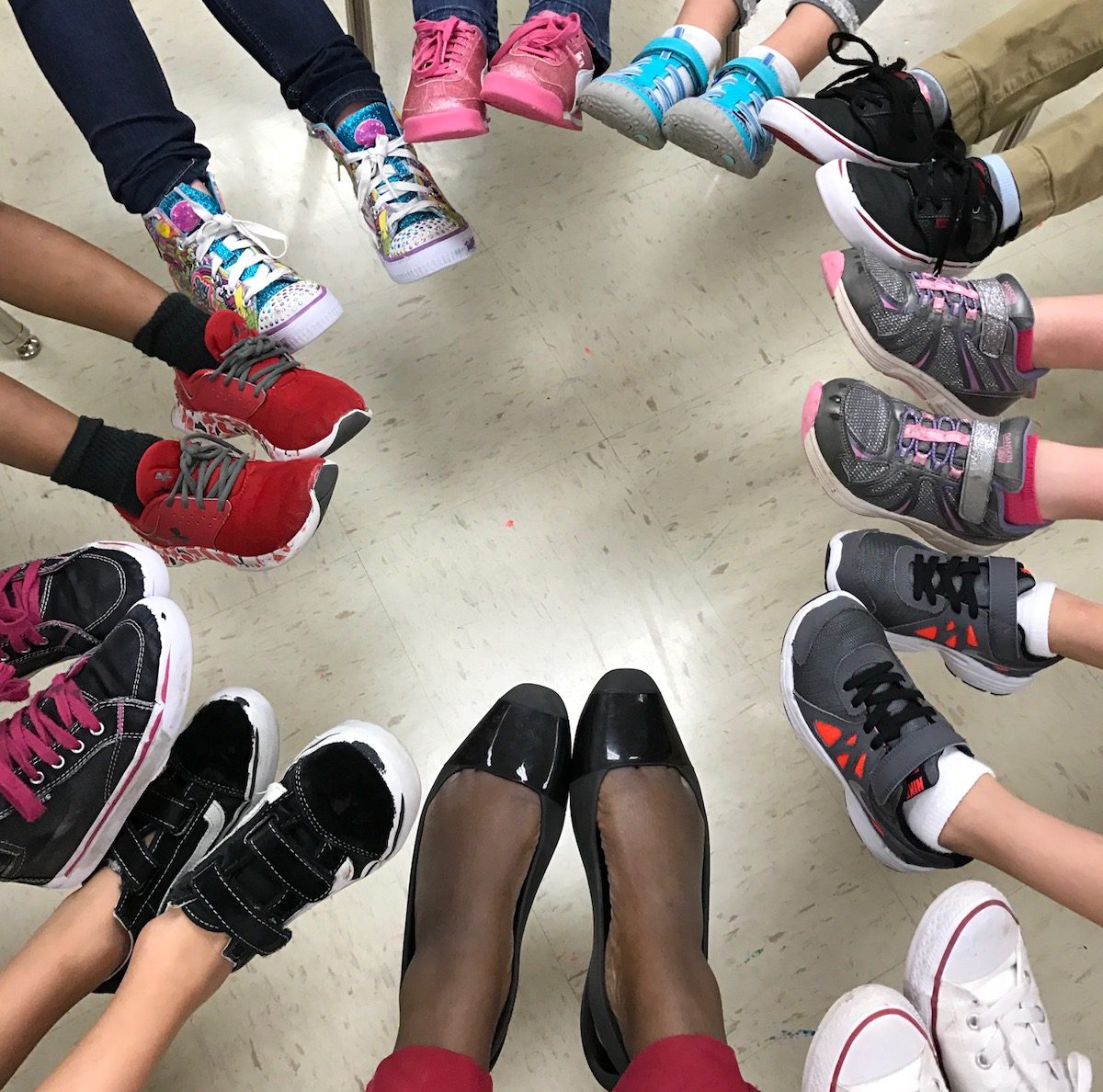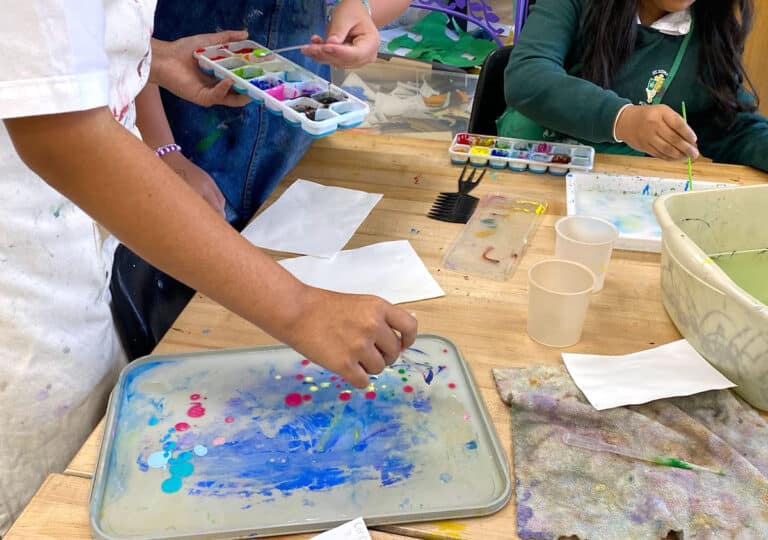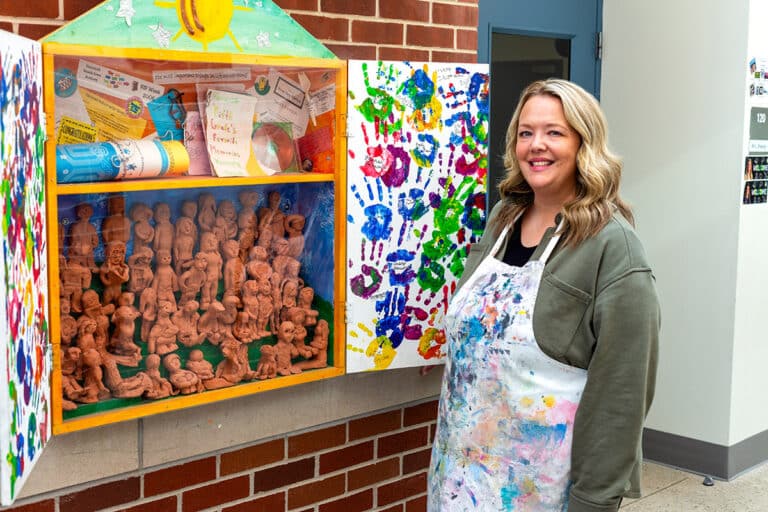A constant struggle for many teachers is mastering the art of classroom management. Classroom management strategies are not “one size fits all” and, therefore, can change yearly depending on the group of students you have. Each year, you have to figure out what works best for you and your diverse set of learners.
That said, there is one factor that is helpful no matter which strategies you use—cultivating positive student-teacher relationships.
Building relationships with your students have a huge impact on behavior and academic success. I’ve witnessed this firsthand during my twelve years in Title I schools. Every school has its own set of challenges, and Title I schools are not exempt.
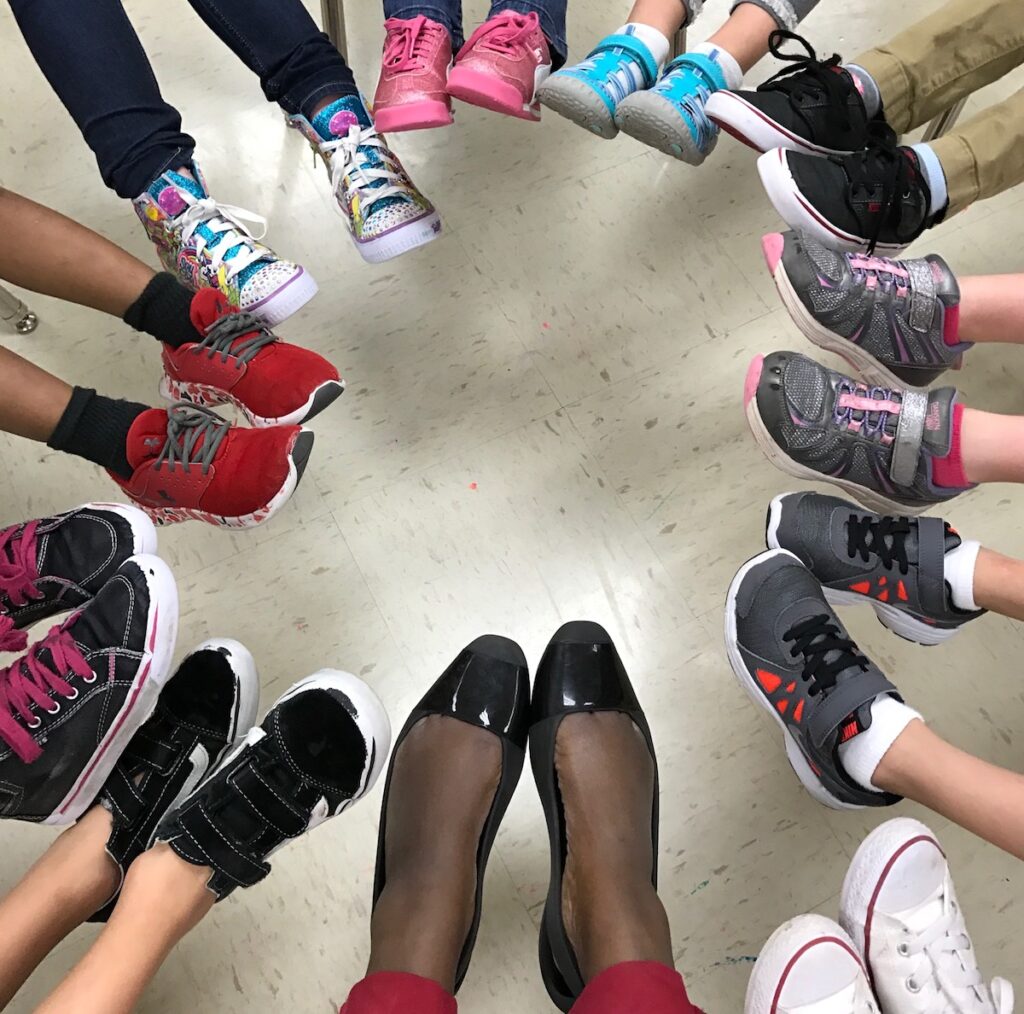
As stated in the article Understanding the Unique Needs of Title I Students, “Title I is a federally funded program for school districts that are designed to improve the academic achievement of disadvantaged youth.” Students in Title I schools with low socioeconomic backgrounds can face different challenges making it difficult for them to take full advantage of all school has to offer.
For instance, the article shares that students may not have enough food to eat, a stable home, predictable routines, or may have to work outside the home to help with family finances. These and other outside factors can have a severe impact on a student’s academic motivation, emotional engagement, and in-school behavior. Students need teachers who care about them, and building relationships is a great way to begin helping them succeed.
Here are five strategies to help you build meaningful relationships with your students.
1. Get to know your students on a deeper level.
Building rapport with your students can be a fun experience. In art, we have the luxury of having the time to sit down among our students while they create. Sitting down with a few students each class to learn more about their interests, what they plan to do for the weekend, or even what they had for dinner, are all great ways to start getting to know more about your students. This is also a great time to let students know more about yourself. I find myself asking students what I should cook for dinner, telling them about my interests, or sharing something fun about my weekend. My students love when I sit down at their table and draw with them. And guess what? So do I!
This is also a great way to learn your students’ names. Greeting students by name and pronouncing their names correctly is incredibly meaningful. Doing this allows your students to know that you notice them. Once your students begin to see that you care about them as a person, you gain their trust and they work harder to make good choices in the classroom and do a better job to follow your expectations.
2. Be compassionate.
In order to better understand your students, especially those with challenging behaviors, it is important to put yourself in their shoes. Try your best to understand where they are coming from in regards to why they are acting out. I am not saying you should dismiss the negative behavior, but being aware of a student’s situation may help you have more compassion. Give students chances to re-learn and practice your rules, routines, and procedures by consistently modeling and teaching appropriate classroom behavior.
It is important to remember schools are full of diversity. While we may not understand why a child exhibits a certain behavior, we need to check any biases we have, ask what is going on and take time to investigate the issue. It’s vitally important to recognize and acknowledge there often is not a “quick fix” for a student’s problem.
In short, do not give up on your kids. Make it hard for those disengaged students by seeking them out on a consistent basis. Being compassionate is not a weakness but a strength. It takes a strong person to continue to understand another person’s situation in order to help them.
3. Visit with students outside of class time.
On more than one occasion, you can find me chatting with my students to follow up on weekend plans they shared with me in class or just to see how they are doing. I might even stop by the cafeteria during breakfast or lunch to see students or even hang out at recess for a bit. A quick chat in the hall works as well. While I do this with lots of my students, I intentionally find students who have challenging behavior in my class. It has helped tremendously. Building relationships during the school day outside of the classroom helps you see students in different environments and allows students to see you are making an effort to know them better.
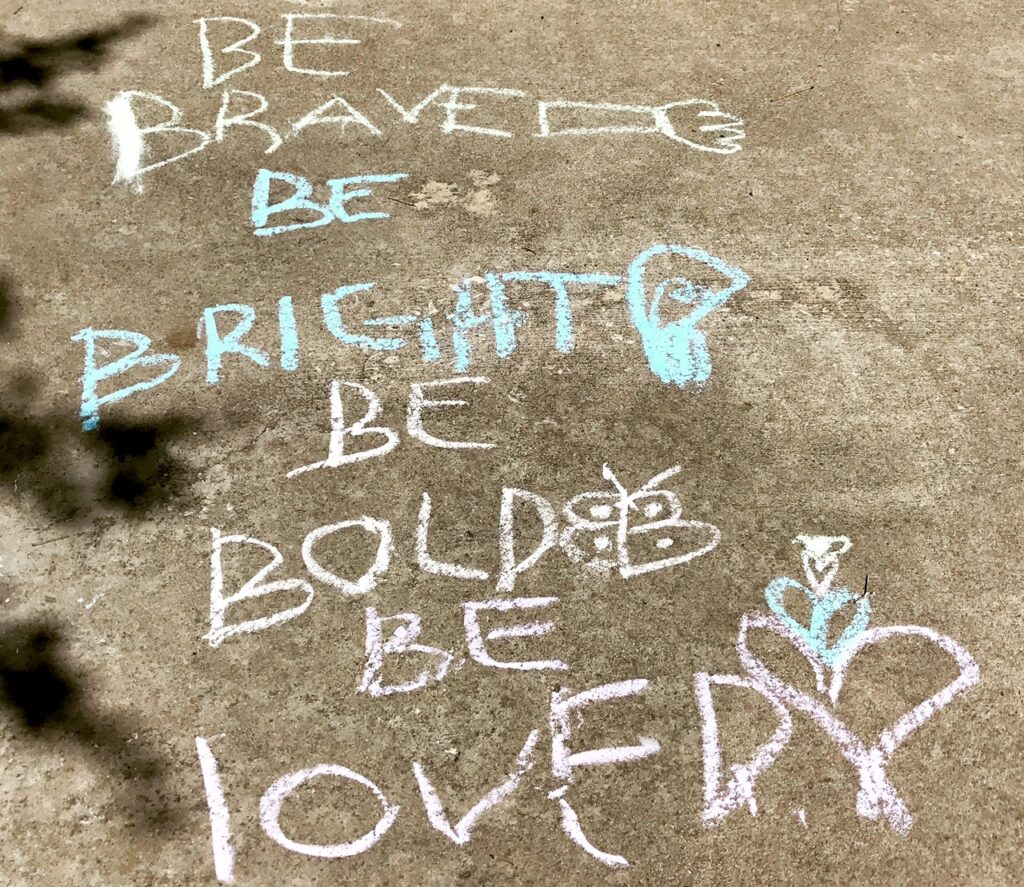
4. Treat your students with respect.
Many of you have heard the phrase, “treat others how you want to be treated.” This golden rule is not only for students to follow but for adults too. Using condescending language such as sarcasm or embarrassing students is not okay. These types of behaviors will only push your students away from you and make them act out even more. This is an area for some deep self-reflection because while we can be sarcastic with our friends who know us well, it can be mistaken by students as disrespectful and exude a disregard for their feelings. If you have to call out a student for their behavior, pull them aside privately to speak with them instead of broadcasting it to the entire class.
In addition, consider mistakes. We all know students make them, but remember you will make them too. If you do or say something you regret, it’s important to apologize. You’ll see just how forgiving your students are! On the flip side, forgive your students for their mistakes, too. Don’t hold grudges and start each day with a clean slate. While this may be easier said than done, it is important to make an intentional effort in regard to this matter. Students value respect. They will typically respect you and your classroom when they feel they are shown respect, too.
5. Give positive feedback.
Getting positive feedback for doing a job well done always feels good. Acknowledging students’ positive contributions to the classroom environment lets them know they are making good choices in your class. It can help build their confidence and push them to strive harder each day. I have noticed how my students’ faces light up with joy when I give them positive feedback. This is true for all of my students, regardless of if they’re having a tough time in class.
Overall, building relationships with your students is beneficial to promoting a positive learning environment that enhances your ability to manage your classroom. Haim G. Ginott said, “I’ve come to a frightening conclusion that I am the decisive element in the classroom. It’s my personal approach that creates the climate. It’s my daily mood that makes the weather. As a teacher, I possess a tremendous power to make a child’s life miserable or joyous. I can be a tool of torture or an instrument of inspiration. I can humiliate or heal. In all situations, it is my response that decides whether crisis will be escalated or de-escalated and a child humanized or dehumanized.” Profound words to ponder as we approach another school year.
I hope you find these strategies helpful as you build relationships with your students in an effort to promote positive behavior in your class.
What are other strategies you would add to this list to help build relationships with your students?
How have you used these strategies in the classroom to build relationships?
Magazine articles and podcasts are opinions of professional education contributors and do not necessarily represent the position of the Art of Education University (AOEU) or its academic offerings. Contributors use terms in the way they are most often talked about in the scope of their educational experiences.

